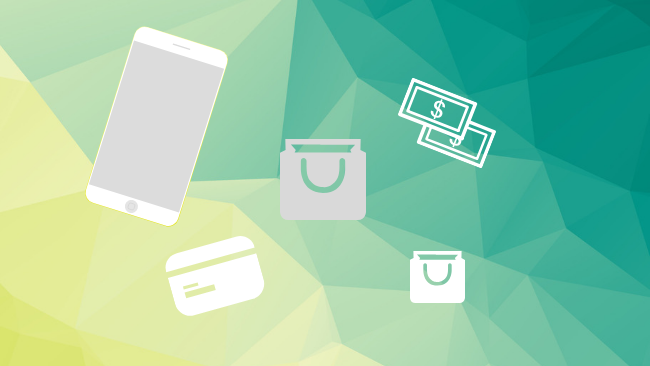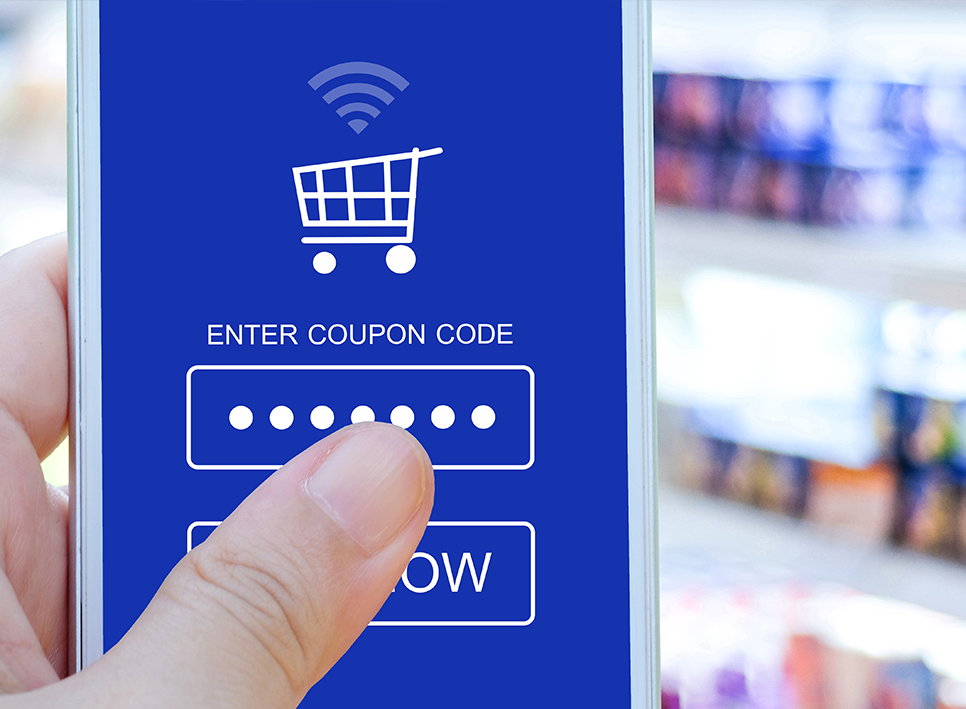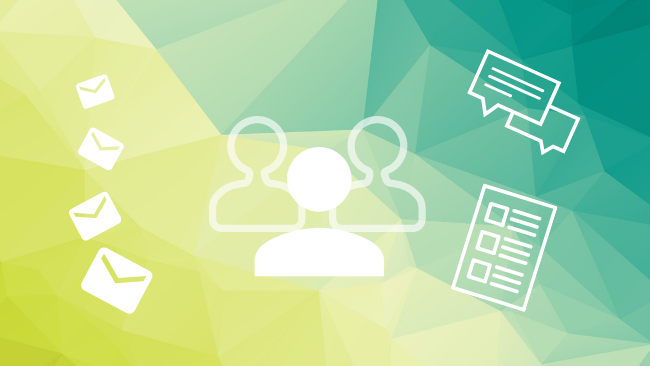React on the Client’s Abandoned Intentions!

Abandoned shopping intention is one of the greatest challenges that owners and managers of online shops have to deal with. Lack of drawing conclusions from the severed shopping process is a mistake that can lead to not only lower sales but also the loss of clients’ trust. The reasons internet users abandon the shopping cart can vastly vary. The reaction for abandoned intention also should vary but everything leads to one thing: keeping the attention.
- A client can abandon the shopping cart for these reasons:
- The product price is too high
- The store doesn’t have a payment method suitable for the client
- The store doesn’t have or can’t guarantee a short delivery time
- The store doesn’t offer a free delivery after reaching a certain level of cart’s worth
- A registration is needed for any purchase
- The customer journey is too long
- UX/UI doesn’t lead the client towards making a buy or even scared the customer away
- The client isn’t ready for buy or doesn’t want one
Everything boils down to the last bullet point. We often think that the lack of readiness to buy a product comes from the lack of need on the client’s side. It’s not entirely true – sometimes the client has to be convinced of making a purchase. That’s why the need for creating and sustaining the attention is so crucial.
You can do it two ways: forcing the client’s attention (which generates a counterproductive effect) or in a more natural way. The example of the first situation is pop-ups, that today are known as push messages in the browser. A client can but doesn’t have to allow them to appear. This method is not entirely effective – a client doesn’t know what to expect after accepting the push. What content will appear? With what intensity? What products will they be promoting? A client doesn’t see the value in agreeing to push unless he knows and trusts the brand (your shop). If the client has done some shopping in the trusted location, products arrived intact, in shape, on time and at good price, the client will be loyal but another barrier appears. He doesn’t know what kind of push he will be receiving. If he’s ready for experimentation, he will agree on push. If not, you have to reach him another way.
A natural way of focusing attention is effective for new clients and these ones that already made some shopping but for some reason haven’t finalize the last purchase. The key is business intelligence – analyze what products are abandoned the most and create a toolset for promotion:
- Blog posts that promote products by telling their stories, not promoting them directly
- A post in your newsletter, for all subscribers to see
- More advanced push notifications, called double opt-in web push
- A simplification of customer journey process
Let’s analyze all of them to see, which one is most suitable for your needs.
A traditional product blog posts are a thing of the past. Especially when it comes to products with a soul. If you sell products like renovated furniture, hand-made pet accessories (like toys or leashes), rare books with autographs, a standard blog post won’t cut it. Today is all about stories and narration. If you have interesting products, show people what’s so interesting about them. If you sell renovated furniture, tell people about the original, finding it in the middle of a mountain of garbage and bringing it back to life. When you sell pet leashes, an interesting thing would be the history of a pattern – who came up with it, how it came to be, how much time it took to make it? With this story, you can also justify the higher price. If you sell rare books, the story basically writes itself.
An important remark – items ‘without a soul’ can also be sold this way, you just have to focus the attention on other aspects of the item. Features like the material, production method or place of origin are great starting points for a good story.
Newsletter entries are also a good method. It’s tougher, though – you have to draw attention with only a few lines, so the recipient can click on it and progress to the article on the blog. By linking an appropriate photo with a good copy, you can reach clients you abandoned the product.
The next method is called a double opt-in web push. A single opt-in web push is a rectangular message displayed in the browser. It has one crucial flaw – you can’t modify the shape or the content of this notification. Double opt-in changes everything. You can personalize a form for receiving messages, you can also harvest users’ data. You can also modify the looks because the construction is based on CSS styles. More information equals the opportunity for more content. If you sell goods in several categories, then this type of notification is perfect. You can create a window that will give customers a chance of receiving notifications about the product’s availability in their favorite categories. All the client has to do is to click the checkbox. When the customer confirms the will for receiving notifications, he will get a standard, rectangular push.
The last important element is the simplification of a customer’s journey. According to Gemius Poland study ‘E-commerce in Poland 2019’ senior clients are responsible for one-fourth of online shopping. The study can be for Poland’s market but the trend is global – the population grows older. In 2018, 64% of shopping online in Poland were below 34 years old. Today they are 42% strong. Middle-aged and senior citizens will buy more and more often – trends don’t lie. The restructuring customer journey to allow for quick and seamless buying will be a priority for the entire e-commerce. Use this opportunity to think about how your shop can simplify navigation. The result? Increased sales and less contact with customer care. A client can use a knowledge base for that; you can show him every step of the way. The link to this base has to be clearly visible but not too intense. The goal is to point the client in the right direction, without scaring him off.
If a client abandons the thought of buying a product, it’s the effect of the absence of good mechanisms, helping him in making that decision. Use the technics above to attract customer’s attention, focus it and leave him with the need of having a particular item.



